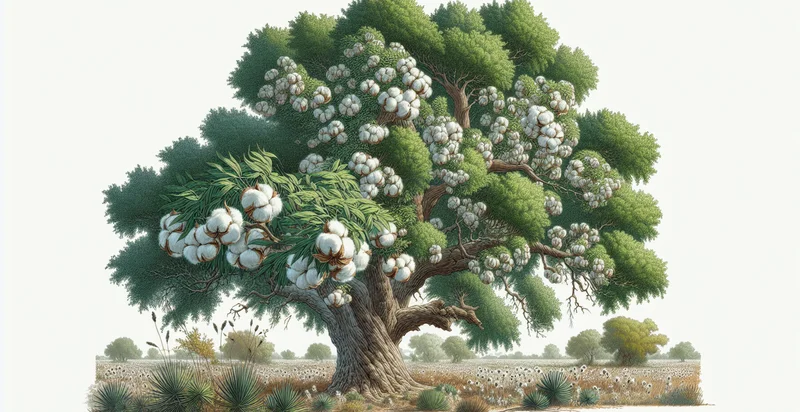Identify if tree is a maple
using AI
Below is a free classifier to identify if tree is a maple. Just upload your image, and our AI will predict if the tree is a maple - in just seconds.


Contact us for API access
Or, use Nyckel to build highly-accurate custom classifiers in just minutes. No PhD required.
Get started
import nyckel
credentials = nyckel.Credentials("YOUR_CLIENT_ID", "YOUR_CLIENT_SECRET")
nyckel.invoke("if-tree-is-a-maple", "your_image_url", credentials)
fetch('https://www.nyckel.com/v1/functions/if-tree-is-a-maple/invoke', {
method: 'POST',
headers: {
'Authorization': 'Bearer ' + 'YOUR_BEARER_TOKEN',
'Content-Type': 'application/json',
},
body: JSON.stringify(
{"data": "your_image_url"}
)
})
.then(response => response.json())
.then(data => console.log(data));
curl -X POST \
-H "Content-Type: application/json" \
-H "Authorization: Bearer YOUR_BEARER_TOKEN" \
-d '{"data": "your_image_url"}' \
https://www.nyckel.com/v1/functions/if-tree-is-a-maple/invoke
How this classifier works
To start, upload your image. Our AI tool will then predict if the tree is a maple.
This pretrained image model uses a Nyckel-created dataset and has 2 labels, including Is Maple and Is Not Maple.
We'll also show a confidence score (the higher the number, the more confident the AI model is around if the tree is a maple).
Whether you're just curious or building if tree is a maple detection into your application, we hope our classifier proves helpful.
Related Classifiers
Need to identify if tree is a maple at scale?
Get API or Zapier access to this classifier for free. It's perfect for:
- Environmental Monitoring: The tree identification function can be integrated into environmental monitoring systems to assess and record the presence of maple trees in various ecosystems. This data can be used to study biodiversity, tree health, and ecological impacts in urban and rural environments.
- Urban Planning: City planners can utilize the identification of maple trees to optimize urban landscapes by strategically placing these trees based on their growth patterns and shade properties. This optimization can lead to improved air quality, aesthetics, and community well-being.
- Agricultural Management: Farmers and agronomists can employ this function to identify maple trees within agricultural settings, allowing for better management of land resources. By understanding the presence of maple trees, they can plan crop rotations and manage nutrient cycles more effectively.
- Digital Forestry Applications: Forest management professionals can use this image classification function to inventory and monitor maple trees across vast forested areas. By maintaining accurate data on tree species, they can make informed decisions regarding conservation and sustainable logging practices.
- Mobile Educational Tools: Educational apps targeting students and nature enthusiasts can incorporate this function to help users identify maple trees during nature walks. This interaction can enhance learning about local flora and foster appreciation for biodiversity.
- Wildfire Risk Assessment: Fire management agencies can use this identification tool to assess the risk posed by maple trees in fire-prone areas. Understanding where these trees are located can aid in developing effective wildfire prevention and response strategies.
- Tourism and Recreation: Tourism organizations can leverage this function to create interactive guides for tourists to identify maple trees in parks and natural reserves. By highlighting iconic species like the maple, they can enhance visitor engagement and promote ecological tourism initiatives.


